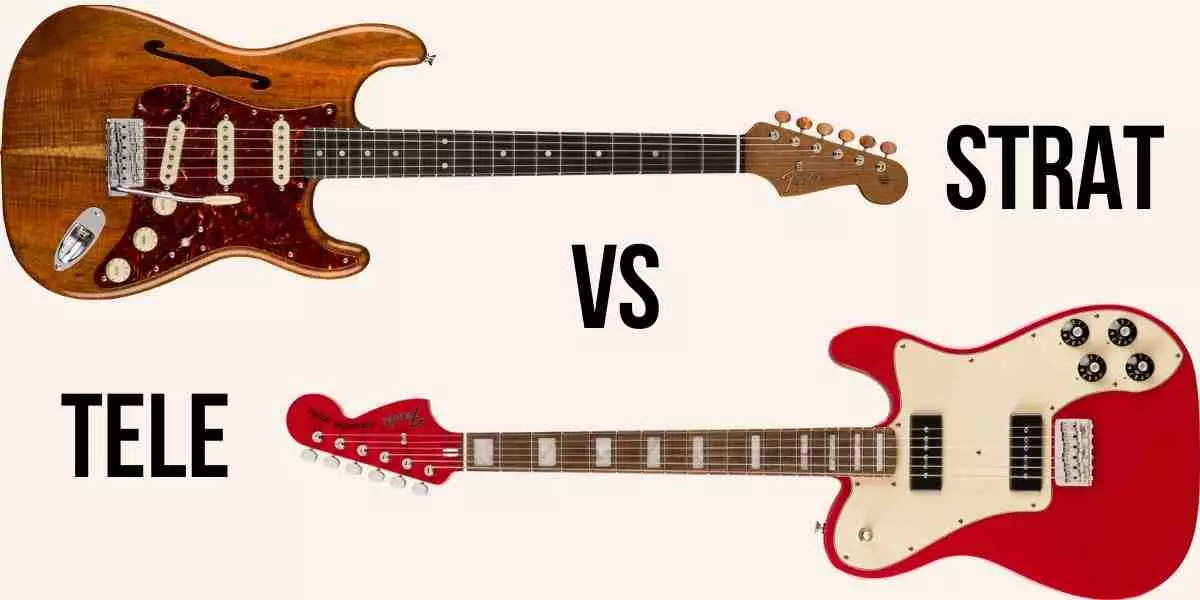PAs and Sound - Powered VS Unpowered Speakers

Yorkville's ultra-compact 300-watt NX10C powered speaker. Measuring just 13 x 13 x 12 inches, multiple cabinets can be stacked and freely rotated on speaker stands for high-volume, wide-dispersion (up to 360 deg.) applications.
There are two main categories of PA speaker, unpowered, which are akin to big home stereo speakers that connect to a stereo amplifier with standard copper speaker wire, and powered, meaning the speakers come with amplifiers built into the cabinets, and connect directly to microphones, iPods, mixers, keyboards, and other musical instruments.
Unpowered speakers are also known as passive, while powered speakers are called active.
The terms passive and active refer to whether a speaker's sound-filtering crossover circuitry requires a power supply, or is a static network of resistors, capacitors and other electronic components.
Similar to traditional passive and active (battery-powered) guitar pickups, the use of both passive and active crossover electronics in PA speakers is common, and both types can sound equally good.
Note that although the terms are used interchangeably, not all "powered" speakers are "active" – some powered speakers are made with passive crossover electronics.
Crossovers
When sound is amplified through a powered speaker, it first goes through an active crossover circuit, which splits the signal into upper and lower frequency bands. The divided signal is shunted to two separate amplifiers, which are in turn connected to bottom end (woofer) and top end (tweeter) speakers.
This kind of set-up, known as bi-amplification, is commonly found in both stage and studio speakers. While cabinets with 2 speakers are made with dual-band crossovers, cabinets with separate speakers for low, mid, and treble frequencies have 3-band crossovers.
The following diagrams illustrate how sound is processed through active and passive speaker cabinets using a 2-band crossover.

.webp)
lower frequency bands by a passive crossover.
The Active Advantage
Passive speakers give you the freedom to mix and match different brands of speakers and amplifiers, and are commonly used in and larger-scale PA installations.
However when it comes to compact and portable PAs, the simpler the better, and most smaller systems nowadays employ powered speakers, with the amplifiers, crossovers, and other electronics neatly contained in the speaker cabinet.
Advantages of powered speakers include:
• Ideal for compact and portable PAs that get moved around a lot.
• Fewer cables, less setup time, less to go wrong.
• You don't have to worry about matching speaker and amplifier power ratings. Manufacturers put a lot of research into ensuring that the components are ideally suited to one another.
• Less chance of sound signal loss due to potentially lengthy cable runs between amplifiers and speakers.
• Dynamic range is improved by divvying up the sound into different frequency bands, and having a separate amplifier dedicated to each one. The lo-end amp just needs to worry the about the bass frequencies, while the hi-end can be optimized to handle sharper sounds like hi hats and cymbals.
•Improved damping. Having the speakers and amplifiers in close proximity allows for more precise control over speaker cone performance.
• Better overload protection. Limiting circuitry can be optimized for each speaker individually.




